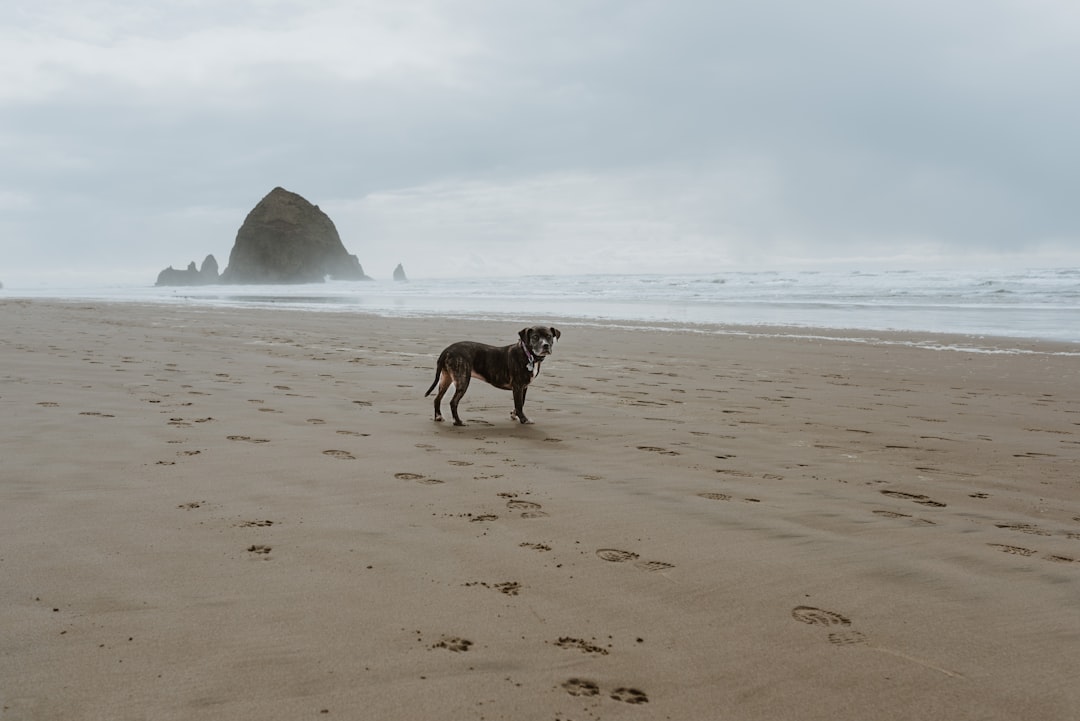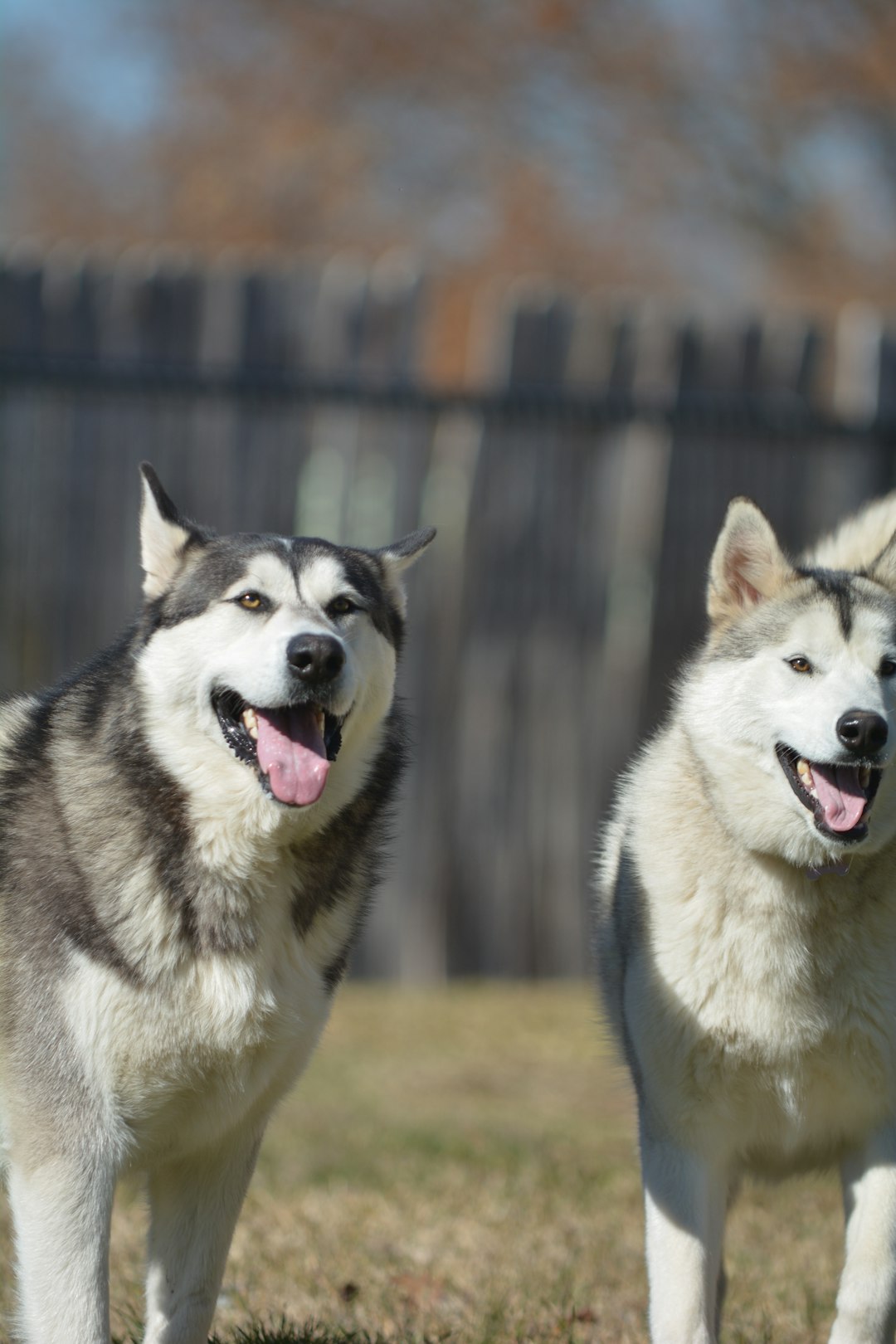Every dog owner knows that our furry friends can’t say, “Hey, I think I have a UTI!” But fear not, because spotting the “Signs of UTI in Dogs” is easier than figuring out a dog’s obsession with postmen. From frequent trips to the bathroom that rival a caffeinated college student to sudden squatting like it’s a new yoga pose, these signals are the clues you need to decipher your pup’s discomfort. Buckle up, because we’re diving into the myriad of ways your beloved pet might express their urinary woes!
Understanding Urinary Tract Infections in Dogs

Ah, the urinary tract infection (UTI) – a not-so-delightful topic but one that every dog owner should know about. Just like humans, our furry friends can suffer from these pesky infections, and trust me, they aren’t fun for anyone involved!
So, what exactly is a UTI? In simple terms, it’s when bacteria decide to throw a wild party in your dog’s urinary system. But instead of confetti and balloons, they bring discomfort and irritation.
Key points to remember about the signs of UTI in dogs:
- Bacteria in the Blaze: UTIs usually occur when bacteria invade the bladder (the party spot) or urethra (the exit).
- Not Just an Old Dog’s Disease: Any pooch can find themselves with a UTI – young pups to wise old sages.
- Watch for Warning Signs: Keep an eye out for those classic signs of UTI in dogs: frequent urination, straining, or accidents in the house.
In short, while your dog might think they’re getting a VIP pass to the bathroom, instead, it’s more like a one-way ticket to discomfort. Stay alert, and you can be their UTI superhero! 🦸♂️
Common Signs and Symptoms of UTI in Dogs

So, you’ve noticed your furry friend acting a bit peculiar? Well, fear not! Recognizing the signs of UTI in dogs is like playing detective with a sprinkle of humor. Here’s what to look out for:
- Frequent Urination: If your pup is hitting the bathroom more than usual, they might as well apply for a “paw-sitive” bathroom award!
- Straining to Urinate: Watch them squirm; if it looks like they’re giving their best effort but nothing’s coming out, that’s a red flag.
- Blood in Urine: Not to scare you, but if your dog’s urine has a tinge of red, it’s not a fashion statement—it’s serious!
- Foul Smelling Urine: Is that a whiff of something foul? Their bathroom habits are a sign of concern, not a new perfume.
- Licking the Genitals: If your dog is auditioning for the next canine grooming show, they might be feeling itchy down there.
In summary, the signs of UTI in dogs might be a bit obvious, but it’s always better to check in with your veterinarian. After all, you wouldn’t ignore your buddy if they suddenly started acting like they’re auditioning for “Paw and Order.” 🐾
Risk Factors for Developing UTIs in Dogs

Ah, the sneaky adversaries of our beloved furry friends! Let’s talk about the Signs of UTI in Dogs and the sneaky risk factors that might put your pooch in the hot seat. Here’s what you need to keep an eye on:
- Gender Matters: Female dogs are like the VIPs of UTIs. Their anatomy sometimes rolls out the red carpet for bacteria. Sorry, ladies!
- Age Isn’t Just a Number: Senior dogs face an increased risk, and we don’t think this is their idea of a golden years kind of fun.
- Chronic Conditions: If your pup deals with diabetes or kidney issues, they might be more susceptible to the Signs of UTI in Dogs. It’s like having a target on their tail!
- Poor Hygiene: Just like us, some dogs don’t prioritize their potty hygiene. Sniff-sniff!
- Inadequate Hydration: Dehydration can create a perfect storm for UTIs. Make sure they drink enough—after all, we don’t want a boujee doggy spa, right?
Keep these risk factors in mind to keep those pesky infections at bay and on the lookout for the classic Signs of UTI in Dogs!
Importance of Early Detection and Treatment
When it comes to your furry friend, detecting Signs of UTI in Dogs early can be a game-changer! Imagine having a superhero cape in hand, ready to swoop in and save the day! Early detection means you can treat your pup and help them feel fabulous again.
Here’s why you should pay attention to those sneaky symptoms:
- Less Pain: Imagine trying to play fetch with a bellyache. Not cool! Early intervention means your pup suffers less.
- Avoid Complications: A UTI can lead to, wait for it… kidney infections! Yikes! Tending to it early keeps those kidneys (and your dog) in tip-top shape.
- Cost Efficiency: Because who wants a surprise vet bill? Treating a UTI early is often less expensive than dealing with the fallout later.
So, what are the signs to watch out for? Here’s a quick list:
- Frequent urination
- Straining to pee
- Blood in urine
- Licking the genital area
Keep those eyes peeled for the Signs of UTI in Dogs, and your pooch will thank you for it! 🐶💦
How to Diagnose a UTI in Your Dog
Diagnosing a urinary tract infection (UTI) in your furry friend requires a bit of detective work—think Sherlock Holmes meets Lassie! Here’s a quick rundown of the steps to take when you suspect something’s off:
- Veterinary Visit: First, schedule an appointment with your vet. They’ve seen more doggie dramas than a soap opera writer, so they’ll know what to do!
- Urine Sample: Your vet will probably need a urine sample. Don’t worry, they’ve perfected the art of collecting it—just be ready. You might need to bring your dog’s “happy” face for this!
- Lab Tests: The urine will go to the lab for testing, checking for red flags such as:
- Bacteria: Yes, the nasty little culprits that cause trouble!
- Blood: If it’s red, it’s time to raise the alarm!
- Physical Examination: Your vet will complete a physical exam, assessing your dog’s overall health. They might poke and prod like they’re auditioning for a medical drama!
Detecting the Signs of UTI in Dogs early can lead to a happier, healthier pup—and that means more tail wags and fewer sad puppy eyes!
Home Remedies and Natural Treatments
So, you’ve spotted the Signs of UTI in Dogs, and now you’re wondering if you can transform into a canine naturopath? Don’t worry; there are some home remedies that could lend a helping paw! Here’s a quick guide to getting your furry friend back on track without breaking the bank—or your sanity.
- Water, Water, and More Water: Hydration is key, folks! Encourage your dog to drink more (maybe add those fancy ice cubes!). A well-hydrated dog flushes out bacteria quicker than you can say “UTI.”
- Cranberry Extract: This isn’t just for humans; cranberry can give your pup’s bladder a boost! Adding cranberry supplements to your dog’s diet may help ward off UTI bacteria. Just don’t use cranberry juice; sugar is a “no-go”!
- Probiotics: These little guys are not just for your yogurt! Probiotics can help maintain a healthy balance of gut flora in your dog, potentially preventing future infections.
- Routine Bathroom Breaks: Sometimes, voluntarily taking that bathroom break could make all the difference. Encourage regular potty breaks, it’s both fun and healthy!
When considering Signs of UTI in Dogs, natural treatments can help, but keep that veterinarian handy for the best care!
When to Consult a Veterinarian
Ah, the age-old question: when should you toss aside your DIY pet care book and pay a visit to the vet? Well, if you notice any Signs of UTI in Dogs, it’s definitely time to put down that biscuit and pick up the phone. Here’s a quick rundown:
When to Wave the Red Flag:
- Frequent Urination: If your pup suddenly turns into a bathroom enthusiast—hint, hint! This isn’t a new hobby.
- Straining to Urinate: If your dog looks like they’re trying to squeeze a walnut through a straw, it’s not good.
- Blood in Urine: We might love surprises, but this one’s best left out of the dog bowl.
- Excessive Licking: If your dog’s rear end is getting more action than a TikTok dance challenge, call the vet!
Remember:
- Don’t Delay! UTI symptoms may not go away on their own, and Google isn’t an expert (trust us, we’ve tried).
- Peace of Mind: Better to be safe than sorry—your pup will thank you with slobbery kisses (or strategically aimed paws).
So, if your furry friend shows any Signs of UTI in Dogs, don’t hesitate. A vet visit could mean the difference between a quick fix or a doggy drama!
Preventive Measures to Reduce UTI Risk in Dogs
Prevention is better than cure, right? So, let’s roll up our sleeves and take a peek at how we can keep those pesky urinary tract infections at bay. Here are some paw-some preventive measures to consider:
- Hydration Station: Always have fresh water accessible. A well-hydrated pooch is a happy pooch—and one less likely to show signs of UTI in dogs.
- Frequent Bathroom Breaks: Don’t be that owner who makes their dog hold it. Take your dog out frequently, especially after playtime.
- Proper Grooming: Keeping that area clean can go a long way. Think of it as a personal grooming session for your pup!
- Balanced Diet: Feed quality food. Just like us, dogs benefit from a diet that promotes good health and urinary tract bliss.
In summary, knowing the signs of UTI in dogs means you can nip any issues in the bud. By implementing these preventive measures, you can keep your pup feeling fine and dandy! 🐾
Frequently Asked Questions
What are the common signs of a UTI in dogs?
Common signs of a UTI in dogs include frequent urination (like, more frequently than your furry friend guards the treat cupboard), straining to urinate (as if they’re trying for the Olympic gold in pee-shooting), blood in the urine (which is less exciting than it sounds), and excessive licking of the genital area (it’s as if they’re auditioning for a doggy hygiene commercial). If your pooch displays any of these symptoms, it’s time to give your vet a ring – just don’t let them know you’ve been Googling ‘doggy pee problems’!
Can doggy UTIs be treated at home?
While home remedies can be tempting (like the idea of feeding them pizza), a UTI isn’t the kind of condition you want playing vet with yourself. Although you might feel the urge to whip up a DIY potion (spoiler alert: cranberry juice is not on the menu!), it’s crucial to consult a vet. They will likely prescribe antibiotics to make that stubborn bacteria pack its bags and go back to where it came from – and ensure that your furry companion can resume their regular, carefree sniff and pee routine!
Are certain dog breeds more prone to UTIs?
Yes! It appears that some breeds are more popular candidates for UTIs, which is like being chosen last for dodgeball but in the urinary tract world. Breeds like female Yorkshire Terriers, Dachshunds, and Poodles are often mentioned in the UTI hall of fame. Factors such as anatomy and overall health can play a role. So, if you have one of these pooches, keep an eye on their peeing habits, and maybe reward them with a treat when they go sans UTI!
What should I do if I suspect my dog has a UTI?
If you’ve leapt into the world of doggy urinary tract drama and suspect your fur buddy has a UTI, it’s time to spring into action! First, jot down their symptoms, then don that ‘responsible pet owner’ hat and book an appointment with your vet. They might perform a urine test—yes, even dogs have to go through this—and analyze what’s going on in there. They’ll provide a tailored treatment plan, ensuring your fur baby is back to zoomies and happy tail wags in no time!



